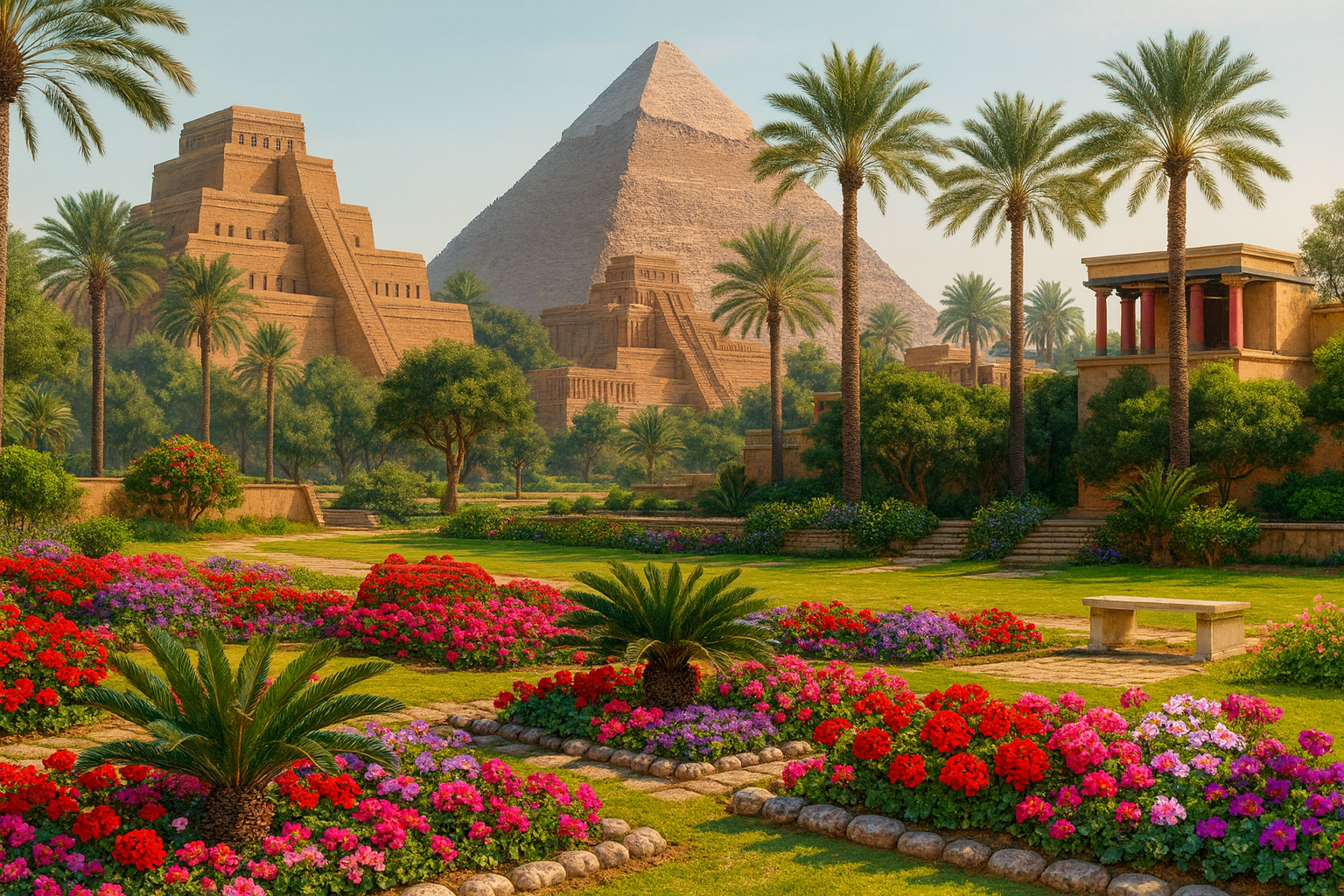Once, in the heart of Pompeii, there was a lush garden filled with olive trees, roses, and grapevines. At its entrance stood a small Latin inscription that read “Cras Credo”—“Tomorrow, I believe.” But in 79 AD, Mount Vesuvius erupted, covering the garden in volcanic ash and erasing every trace of life from the site.
Now, two millennia later, archaeologists and botanists have brought this ancient space back to life.
The Pompeii Archaeological Park recently unveiled the newly restored "Garden of Hercules," named after a small statue of the mythical hero once found there.
The garden has been replanted with over 1,200 violets, 1,000 butcher’s broom plants, 800 rose bushes, as well as grapevines, cherry trees, and apple trees—each species carefully selected based on the discoveries of botanist Wilhelmina Jashemski, who, in the 1950s, uncovered pollen, seeds, and plant fossils from the area. The goal? To recreate the garden just as it would have appeared before the volcanic disaster.
“In Pompeii, nature and archaeology become one,” said Gabriel Zuchtriegel, director of the archaeological park. “The greenery of Pompeii, which was once seen as a problem in terms of maintenance, is now recognized as an essential element of the archaeological landscape—and of the park’s larger agricultural initiative,” he added.
Located in Regio VIII, Insula 2, the revived garden lies next to a house first unearthed in 1953, with additional excavations completed in the 1970s. Researchers discovered that the home had been rebuilt following a major earthquake in 62 AD. Its owner had acquired the surrounding land, likely intending to use it for agricultural or commercial purposes.
Numerous perfume bottles were also found at the site, offering clues that the garden’s caretakers may have been involved in the production of fragrances. According to researchers, flowers would have been pressed together with olive oil or grape juice, then bottled and sold as perfume.
Equally remarkable was the discovery of an ancient irrigation system. This allowed gardeners to water the plants through a hole in the wall—without even entering the garden. The water then flowed through a network of stone channels that encircled the flowerbeds or collected in clay cisterns strategically placed around the garden.
This irrigation system has now been fully reconstructed in the restored Garden of Hercules, with stone basins and troughs running along the flowerbeds just as they did 2,000 years ago. A terracotta statue of Hercules has also been reproduced and discreetly placed in a corner near an outdoor dining area, helping restore the ambiance of a private Roman garden.
“This was a space with a practical function,” Zuchtriegel told The Times of London, “but it was also truly beautiful.”
With every plant replanted and every ancient detail restored, the Garden of Hercules is more than a revival—it's a living memory of a world lost to time.







